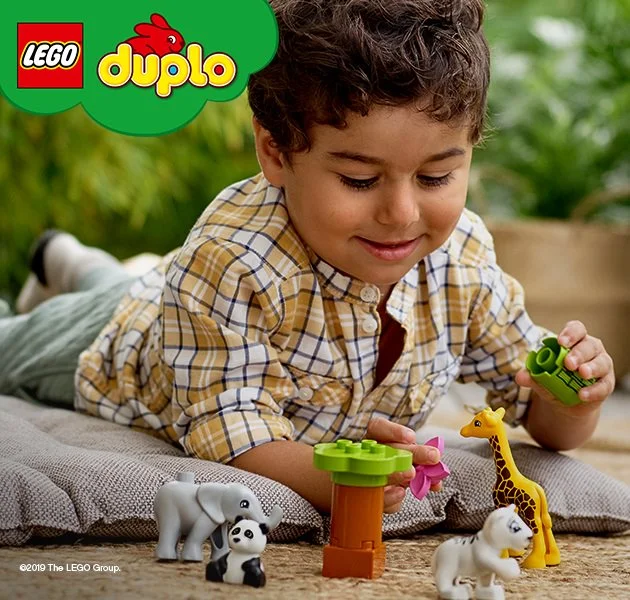6 LITTLE WAYS TO SPARK CREATIVITY IN YOUR CHILD’S EVERYDAY LIFE
It might seem chaotic – and almost always messy - but being creative isn’t just about finger painting, or hiding under a table pretending to be in a spaceship on the way to Mars. It’s about your little one growing the ability to think in unusual ways, solve problems and ultimately pave their way to becoming an adult.
By the time they are three, your child’s brain has formed an incredible 1000 trillion connections between neurons, which is why it’s so important for your pre-schooler to embrace curiosity and their natural sense of wonder. Creative play stimulates this amazing fizzing brain, and with a little help from you they can thrive - whether they want to be an artist or an astronaut.
1. Encourage simple creative conversations
There’s nobody your child learns more from at this age than you, their parent. Encourage spontaneous creative conversations as part of day-to-day life, and imaginative thinking will come more naturally to them. This can be as easy as playing word association games in the car on the way to the store, or making up a simple story together before bed. Try using story prompts: questions like “Where would you go if you were a bird?” provide a jumping off point to see where their incredible imagination takes them.
2. Let them lead the way
Every once in a while, set aside some time to let your child “take control”. This could be as simple as going to the park for a half hour - and walking at their pace. Tell them they can make the plan and encourage them to talk about all the fantastical things they could do once they get there. Follow them as they explore the world – asking about what they can see or imagine. And if you do end up spending your afternoon chasing imaginary dragons or pretending to eat mud pies? All the better.
3. Talk about your favorite part of the day
Introduce a simple and quick bedtime ritual which encourages you both to talk about positive experiences in your day. As you are putting them to bed, share your favorite part of the day first and then ask them what theirs was. Doing this lets them reflect on (and helps you understand!) what they enjoy doing, often creatively, from a young age. If you don’t always have a lot of time, this is a simple activity to help your child think in a playful way.
4. Don’t over plan playtime
Play doesn’t need to be rigorously planned – and in fact, freedom to play in an unstructured way is vital for every pre-schooler’s development. For example, give your child a box of bricks and watch what they build, rather than suggesting what they create. Afterwards, ask them to talk about what it is and what it can do (a fearsome dragon? What does he eat?). Try and be specific with your praise to make it feel more genuine, highlighting details such as the shape or the colors.
5. Encourage them to make creative mistakes
Young children are really just mini scientists experimenting all the time. Sometimes what they create may look a bit unusual - but what you may not realise is that in the process they learned a new way to mix two colors together, or felt how a new brush moved on the page. Encouraging their creative endeavours helps build their confidence. The most important thing is that your child has fun: play is a wonderfully effective way to learn.
6. Don’t worry about mess (too much)
A little messiness can be a good thing once in a while. Instead of standing guard worrying about the rug, set aside space and time (and even protective plastic sheeting) so that your child can be free to get messy to their heart’s content. Feeling safe to try whatever comes into their head will help your little artist feel more confident in their creative abilities. And if you’re really lucky, you might be able to convince them that cleaning up is a fun game too.
Editorial brought to you go LEGO

